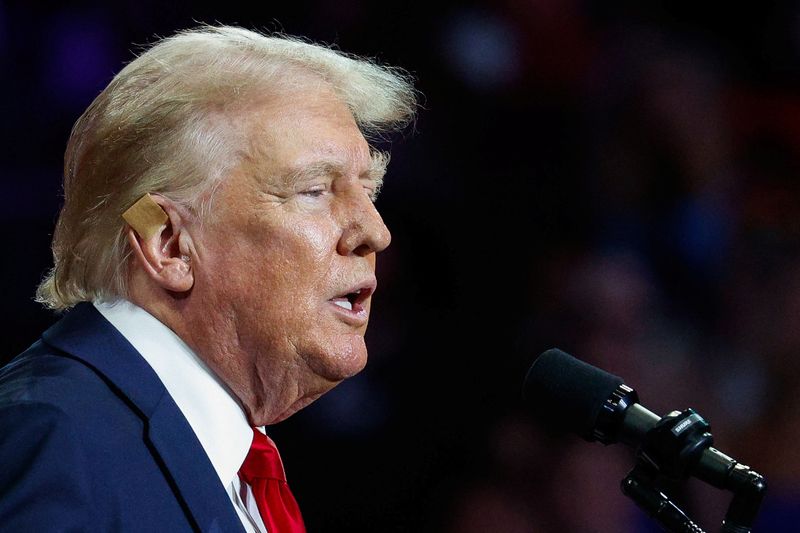
“Former US President Donald Trump has expressed a desire for a weaker USD, but his core policies (on immigration, tariffs, taxes) point to a stronger USD,” , Macquarie said in a Monday note.
Trump’s tariff policies, industrial policies, immigration policies, and tax policies are expected to be inflationary, lifting up real rates and dollar, Macquarie adds.
Dollar bears, however, usually push back against the idea that Trump’s policies are dollar friendly. They suggest that a potentially strengthening in the dollar would force Trump to invoke more policies that would have a bigger drag on the dollar.
There are several policies Trump could pursue to directly weaken the dollar — including, pressuring the Fed into cutting interest rates, instructing the U.S. Treasury to sell dollars from reserves and placing restrictions on inbound capital investment to the US — but none of these strategies would work. Trump has mentioned that he wouldn’t oust Jerome Powell as Chairman of the Fed and “he can’t just instruct the Treasury (and its Exchange Stabilization Fund) to sell USD,” Macquarie added.
But there could be one policy avenue to weaken the dollar: offering trade concessions to countries, mainly EM countries allied with the US, willing to revalue their currencies against the dollar.
But this would come at the expense of Trump’s pro-tariff agenda, Macquarie says. This approach would “result in a multi-tiered system of trading partners and lead to a lowering of tariffs, something which Trump has not yet endorsed as a possibility.”
“This is the only policy avenue under a Trump administration that could result in a weaker USD, yet would require an overturning/upending of the “higher tariffs” framework that Trump has proposed,” Macquarie added.
In the most likely scenario, Trump will likely “accede to the stronger USD that may ensue from his core policies,” Macquarie says, unless the former president is prepared to change his core policies “most logically, toward a policy of lowering tariffs on countries that revalue their own currencies.”
To read the full article, Click Here
